I'm fascinated by object-labelling memes https://knowyourmeme.com/memes/object-labeling as a kind of hybrid metaphor / mental model illustration—a rapid, relatable way for people to create "diagrams" of how they imagine concepts relating to each other, via properties of objects as metaphors
A thread:
A thread:
If we're categorising these somehow, one interesting subgenre is about *material properties* as metaphors: something is heavy, or weak, or spiky, or disintegrates easily (it's interesting how many are about mental health)
Another common subgenre uses the idea of *one element occluding, stopping, or protecting another* as a metaphor
Sometimes this is framed as something *threatening to overwhelm, or happening in the background, noticed or otherwise*
Relatedly, a major category is just about *one thing hitting another* (or be about to do so) as a metaphor...
I should pause at this point to say: of course, this is ripe to be turned into an amazing new tool for doing research with people, about how they think about things—what metaphors do they use, and why? Could meme labelling or construction be part of design researchers' toolkit?
Why would it be useful?
Well: often, in #humanfactors research, or other #designresearch, we ask people to draw their understanding of concepts (e.g. http://drawingenergy.com or https://twitter.com/triciawang/status/1218203477681283073) or even to create little flowcharts or systems diagrams
Well: often, in #humanfactors research, or other #designresearch, we ask people to draw their understanding of concepts (e.g. http://drawingenergy.com or https://twitter.com/triciawang/status/1218203477681283073) or even to create little flowcharts or systems diagrams
This can be really abstract; it can be hard for people to know where to start; and depending on the initial parameters you give people, it can lead to wildly varying outcomes, all interesting, but difficult to analyse.
However, memes give people starting points—references, existing relationships and connotations and (perhaps previously unexpressed) metaphors which can be easily mapped onto intangible, abstracted understandings of concepts
So, back to some categories. In an almost @GeorgeLakoff sense, some are about *one element supporting, or fixing another* as a metaphor. One concept is seen to "hold up" another, or mend it somehow. (Perhaps these should really be separate categories)
*One element diverting attention from another* as a metaphor is a big category, with "distracted boyfriend" the most common perhaps, but many variants
A related category is *one element being focused on to the exclusion of others* (in fact, perhaps this is the same thing really—but with a larger variety of forms)
I'm quite partial to "ensembles" or "tableaux" types which enable multiple metaphorical elements, with different relations, to be included in the same scene.
Similar to the Mental Landscapes work we've been developing at CMU http://imaginari.es/publications/p86-ricketts.pdf & https://www.researchgate.net/profile/Dan_Lockton/publication/339675565_Tangible_Thinking_Materialising_how_we_imagine_and_understand_systems_experiences_and_relationships/links/5e5f1cb64585152ce804f9c3/Tangible-Thinking-Materialising-how-we-imagine-and-understand-systems-experiences-and-relationships.pdf
Similar to the Mental Landscapes work we've been developing at CMU http://imaginari.es/publications/p86-ricketts.pdf & https://www.researchgate.net/profile/Dan_Lockton/publication/339675565_Tangible_Thinking_Materialising_how_we_imagine_and_understand_systems_experiences_and_relationships/links/5e5f1cb64585152ce804f9c3/Tangible-Thinking-Materialising-how-we-imagine-and-understand-systems-experiences-and-relationships.pdf
Anyway, I'll leave it there for tonight, but
-add your own types!
-could we create a pattern language of object labelling memes as kind of prototype metaphors?
-could we (whoever's interested) turn it into a tool for qualitative research in this 'remote' era? (cc @DALupton)
-add your own types!

-could we create a pattern language of object labelling memes as kind of prototype metaphors?
-could we (whoever's interested) turn it into a tool for qualitative research in this 'remote' era? (cc @DALupton)
So, time to add a bit to this thread. I haven't yet progressed the idea of this as an actual research method for mental models (trying to think how best to do this in a form which is both light-hearted but also generates some useful insights). But I have been collecting examples.
We looked before at *material properties* but I think there might be a genre specifically about how *one thing (or concept) has insufficient strength or power to deal with another*
As with many of these categories, it can blur perhaps into the genre of *something performing insufficiently in response to a situation* as a metaphor.
There are lots of variants, some merging with what we saw previously around *one thing trying [inadequately] to 'mend' another*
I also like the variants which are about *one element overperforming or being massively overspecified in dealing with another* as a metaphor.
A related genre to the "underperforming" ones is around *one element desperately trying its best to perform*
and perhaps a kind of inverse, *one element no longer trying, or having become inured to difficulties, or no longer being affected by something* as a metaphor
or, perhaps, depending on the emphasis, *one element being in the way of another, perhaps unexpectedly* (the Russian reads "When the unexpected twist in the familiar life script happened")
We looked before at the idea of things in the background as unnoticed, threatening to overwhelm, but there's also *an element intentionally ignores, or even abandons, something important happening that ought to have its attention*
We've looked before at the *one thing hitting another* (or be about to do so) as a metaphor category...
...but there are interesting variants around the idea specifically of *one element 'blasting' or being about to overwhelm another, often unwantedly*...
I'm partial here to the *one element 'silencing' or 'treading on' another's expression of itself* subgenre
which has parallels with the idea of *one element having hidden properties or a hidden agenda* (in an intentional sense, or otherwise)
Just to emphasise, of course these are fascinating in themselves, but of course I am just making up categories that seem to fit what comes to mind when I look at the meme. The categories overlap and are fuzzy and "not ontologically valid", as a reviewer once put it.
I see this more as something like a very weak pattern language, that can be assembled by someone as a way of expressing or communicating relationships between ideas through metaphors, in a relatable way. There are, I am sure, linguists analysing this stuff properly. I'm not.
The genre of *one element voraciously consumes another* is intriguing (the Ramsay/Patrick one is "TV lies and bullshit / my grandma"). Of course I do not endorse the views expressed in some of these, but they're interesting examples.
The 'twin inputs' idea also has its own subgenre around *two elements combine to produce one, perhaps revealing the inherent tensions of existence*
*One thing passing on its properties to another, with various kinds of reaction* is also a broader category
Again around the properties shared (or not) by multiple elements, there's a category of *elements agree or share a characteristic (while perhaps excluding others that do not share it)*
Metronomes as metaphors seem a relatively common way of expressing a kind of bistable (or unstable) system, *an element oscillates rapidly between characteristics, or is unable to make a decision between them*
Finally for tonight, I wanted to explore further the very large *one thing threatening another* category. We have seen things that visibly overwhelm, things that are about to but are not noticed, things that are a threat but intentionally ignored, etc...
but it's the more complex ones where perhaps a systemic relationship exists, or a future state(s) is implied, which are maybe more interesting
Next time: more exploration (I hope) of "future state" examples, where the viewer must kind of mentally simulate the next scene
or maybe where the "approaching future state" can be seen but there's little that can be done about it.
In the meantime, who wants to help turn this into an online remote research method for exploring the metaphors and mental models people have of concepts?
It definitely could have applications in design / HCI / human factors research, but I'd never make claims for it beyond that
It definitely could have applications in design / HCI / human factors research, but I'd never make claims for it beyond that
and of course please add examples—I just made up these categories—they're clearly not 'right' in any sense, just a way of thinking, and I'm sure there are loads of other interesting interpretations of all this

 Read on Twitter
Read on Twitter
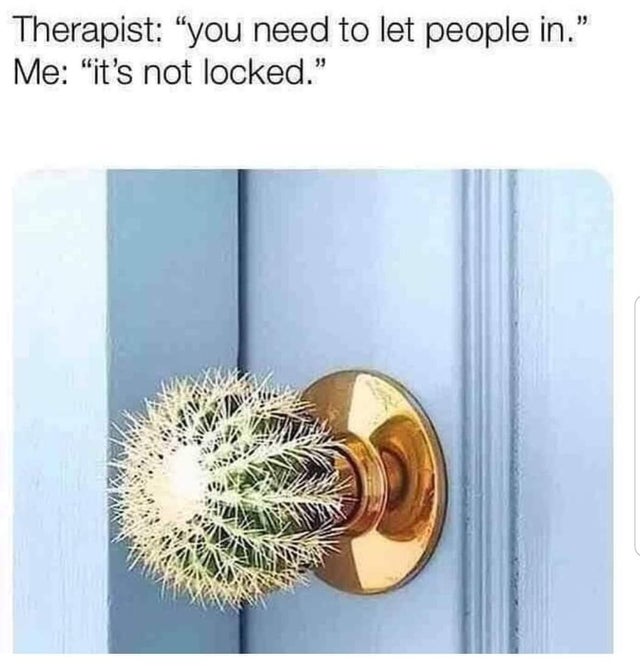
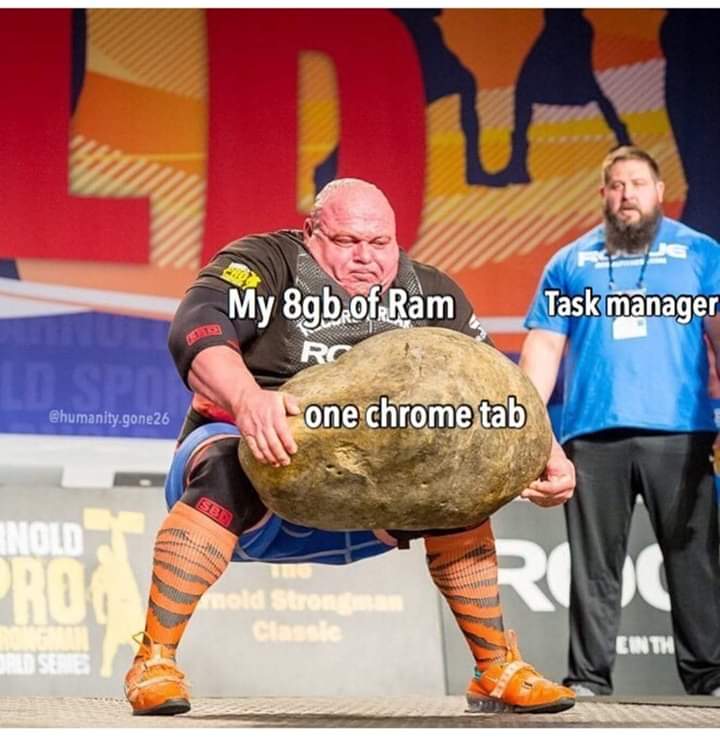
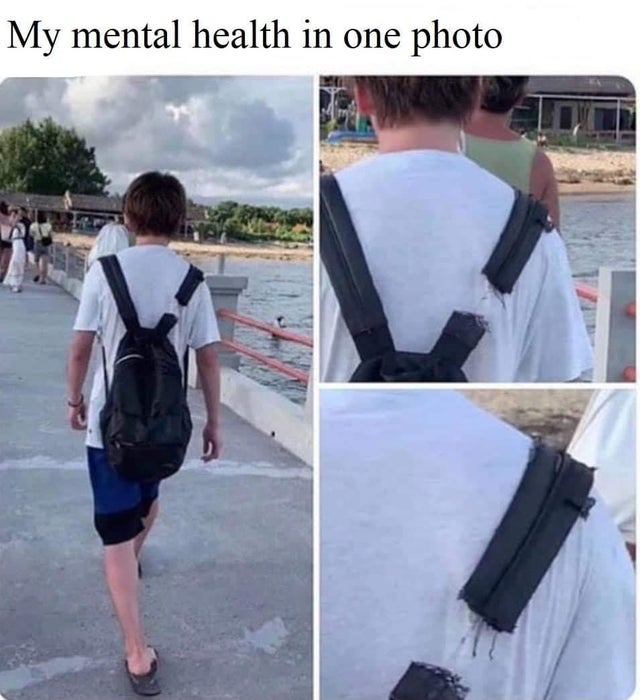
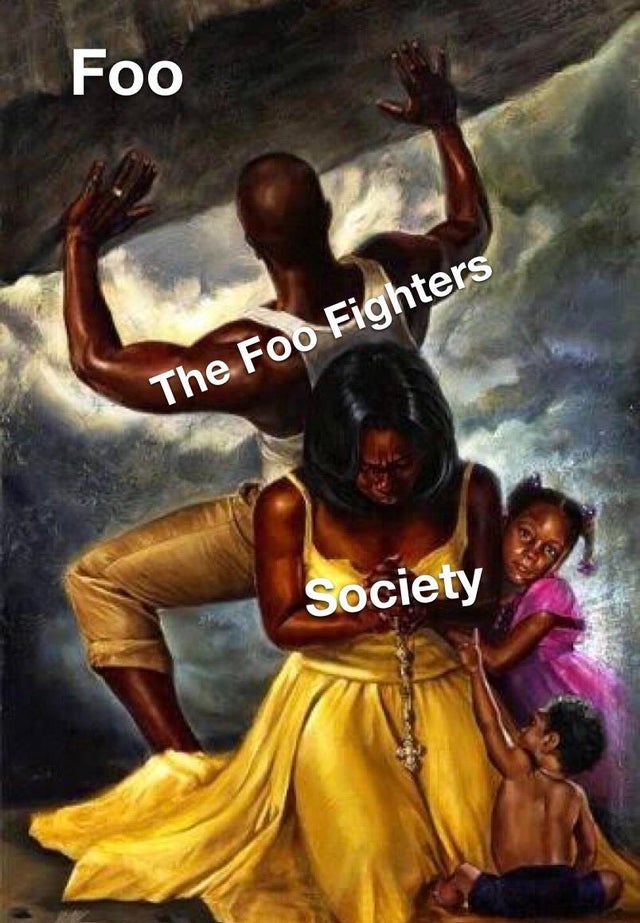

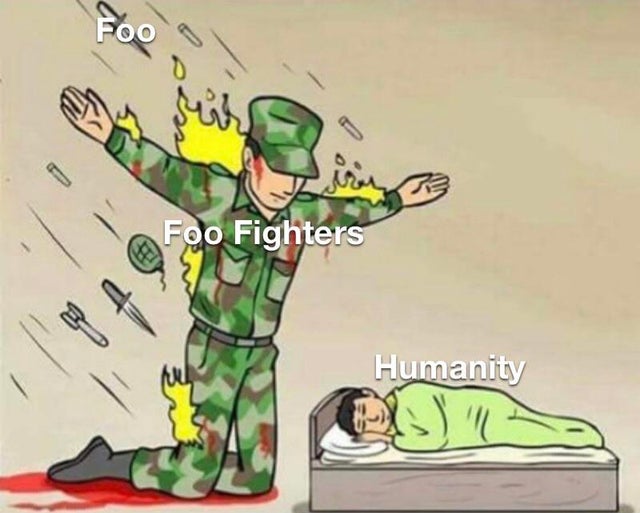
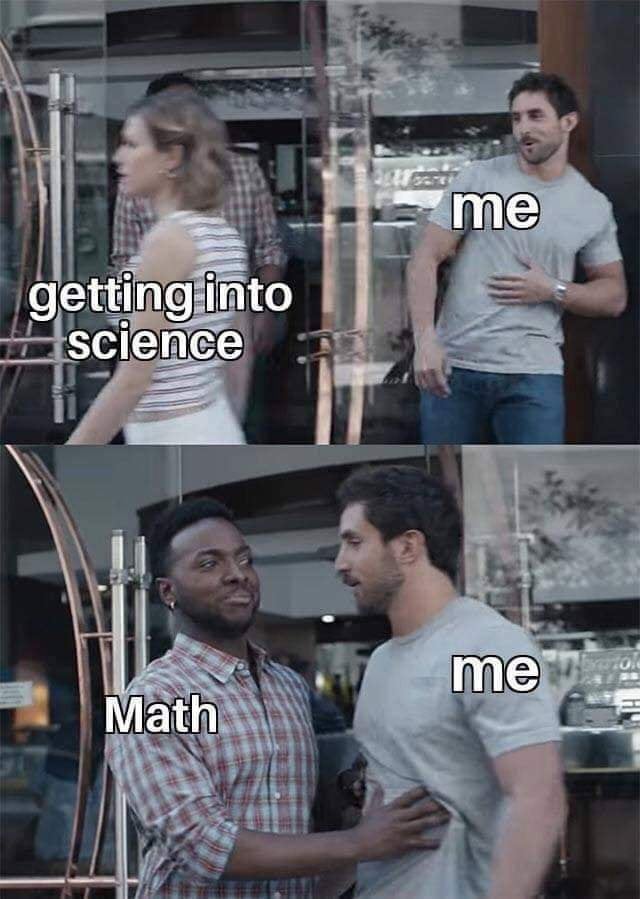
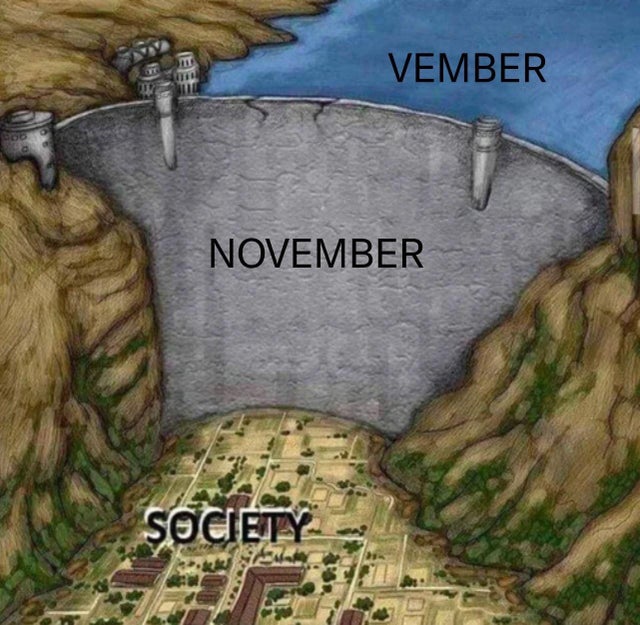
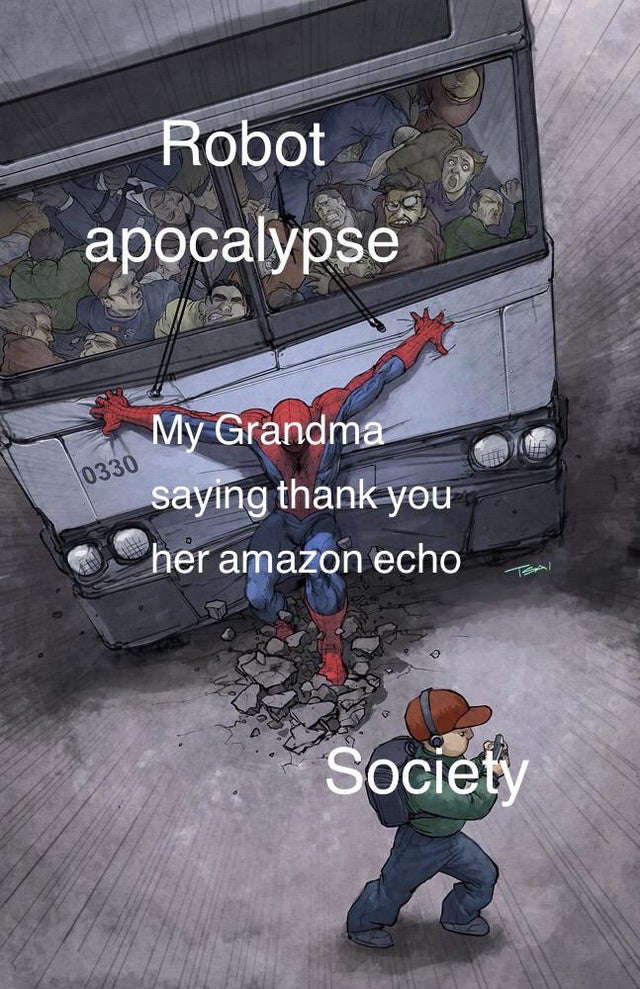

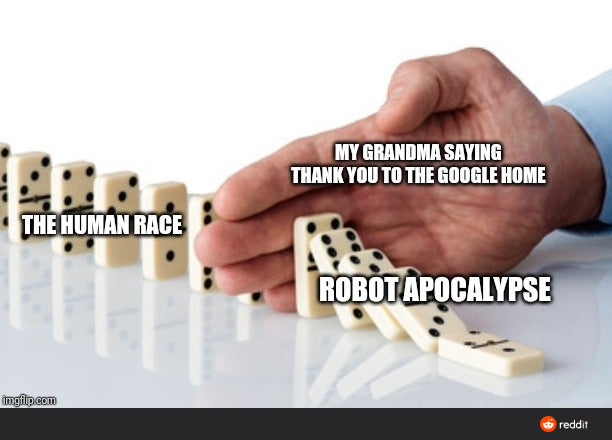
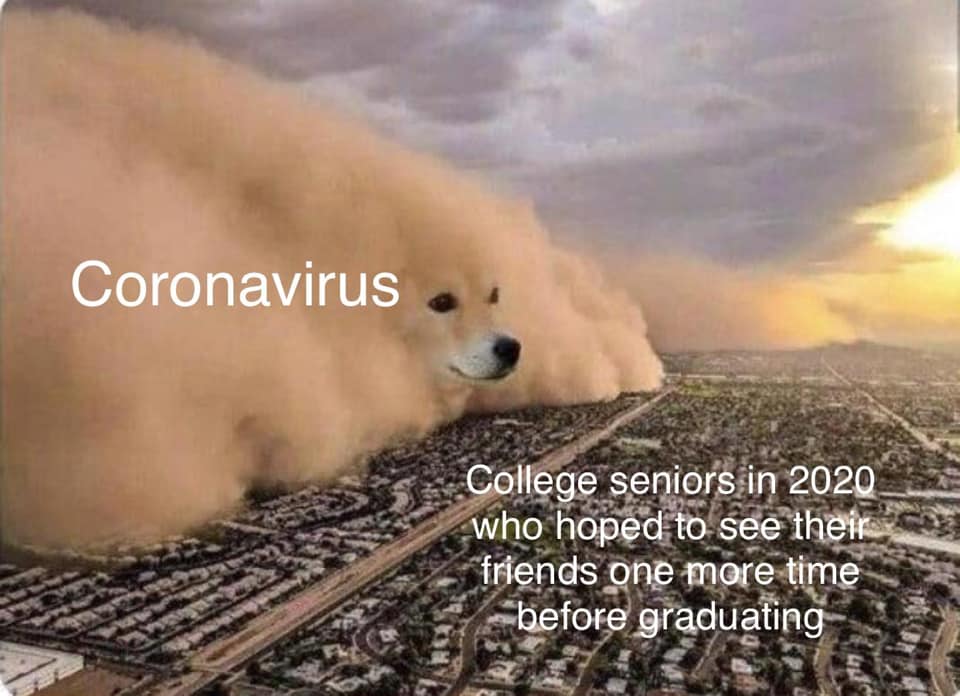
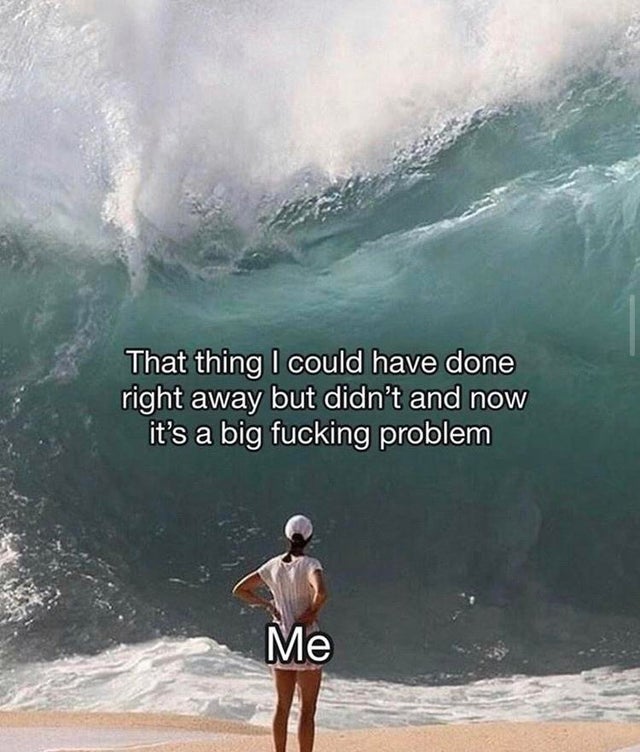
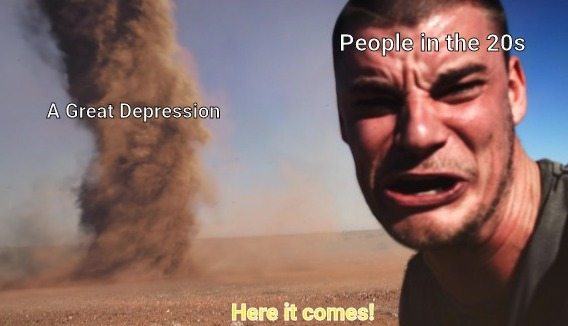

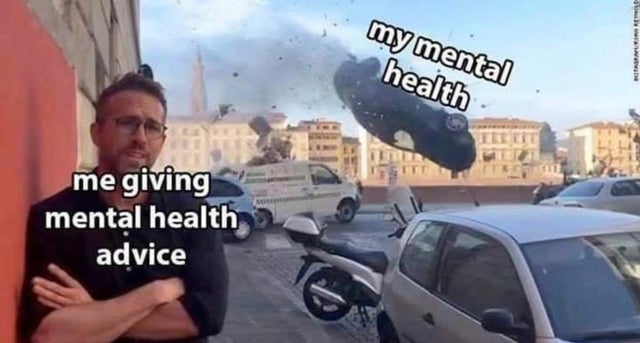

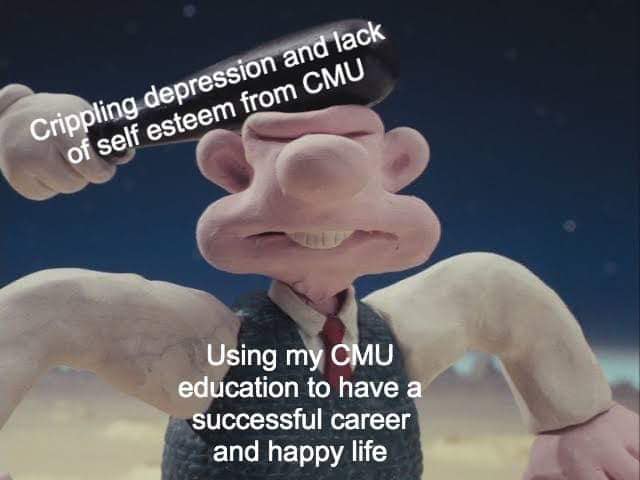
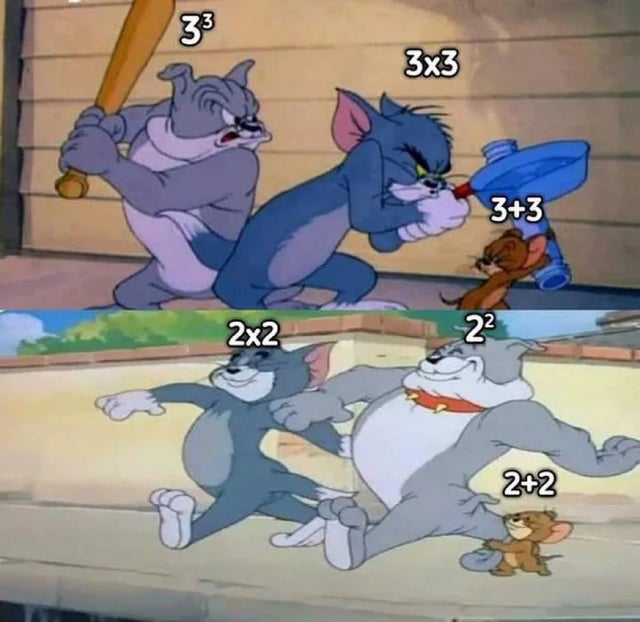
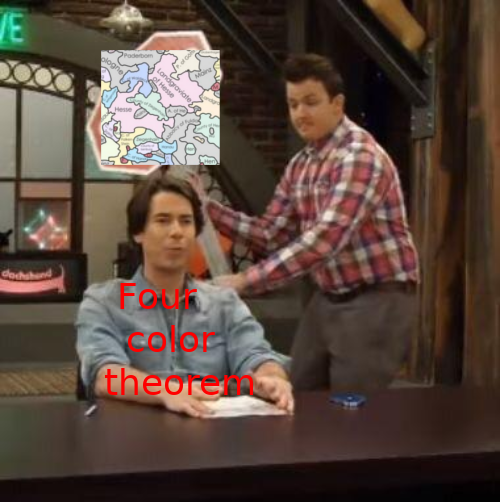
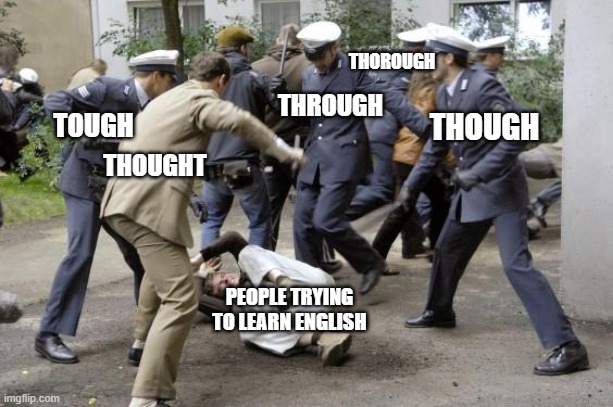
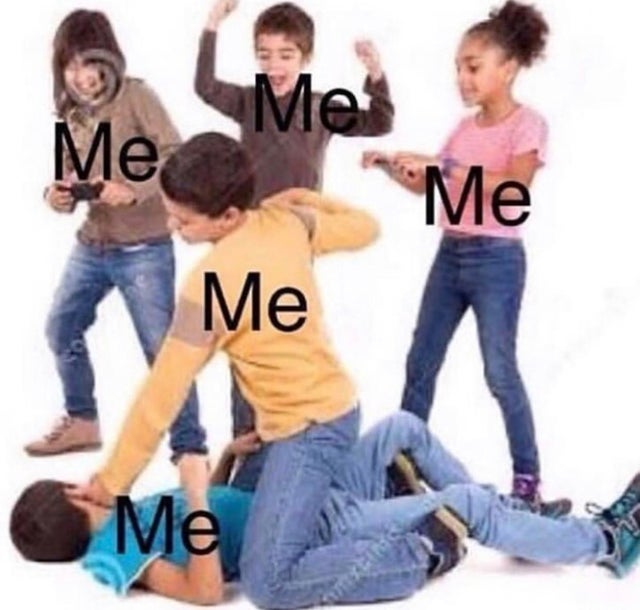
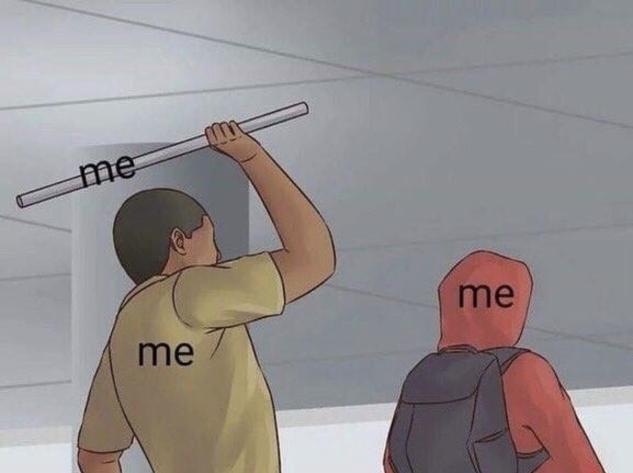

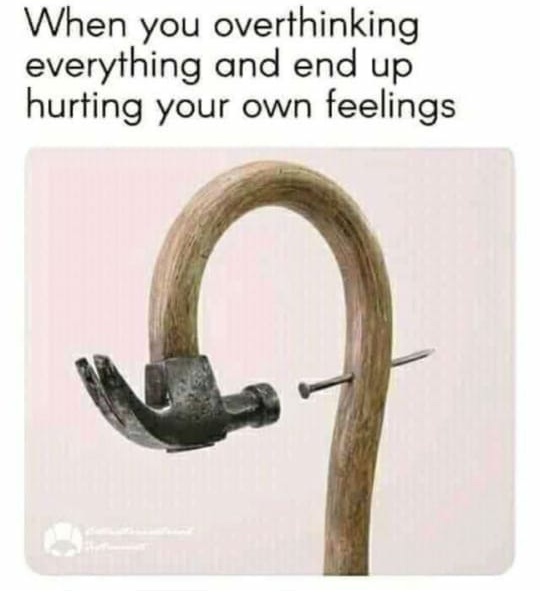
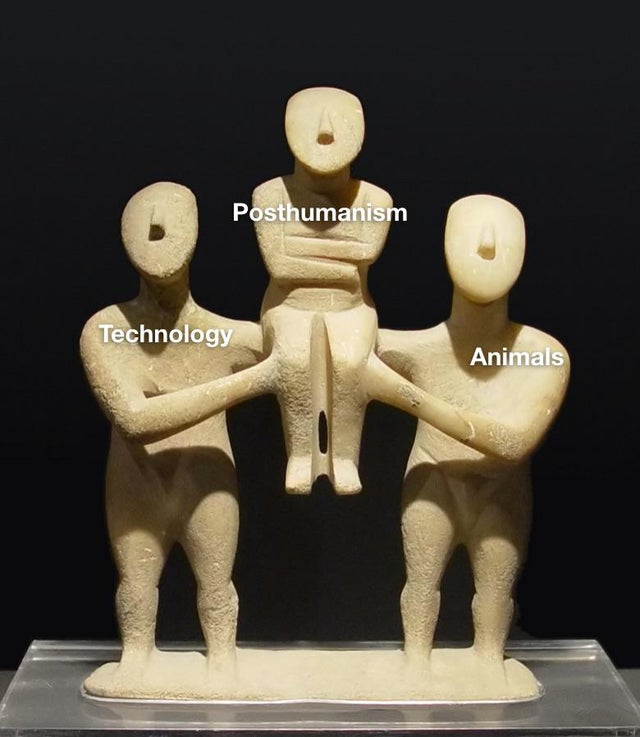
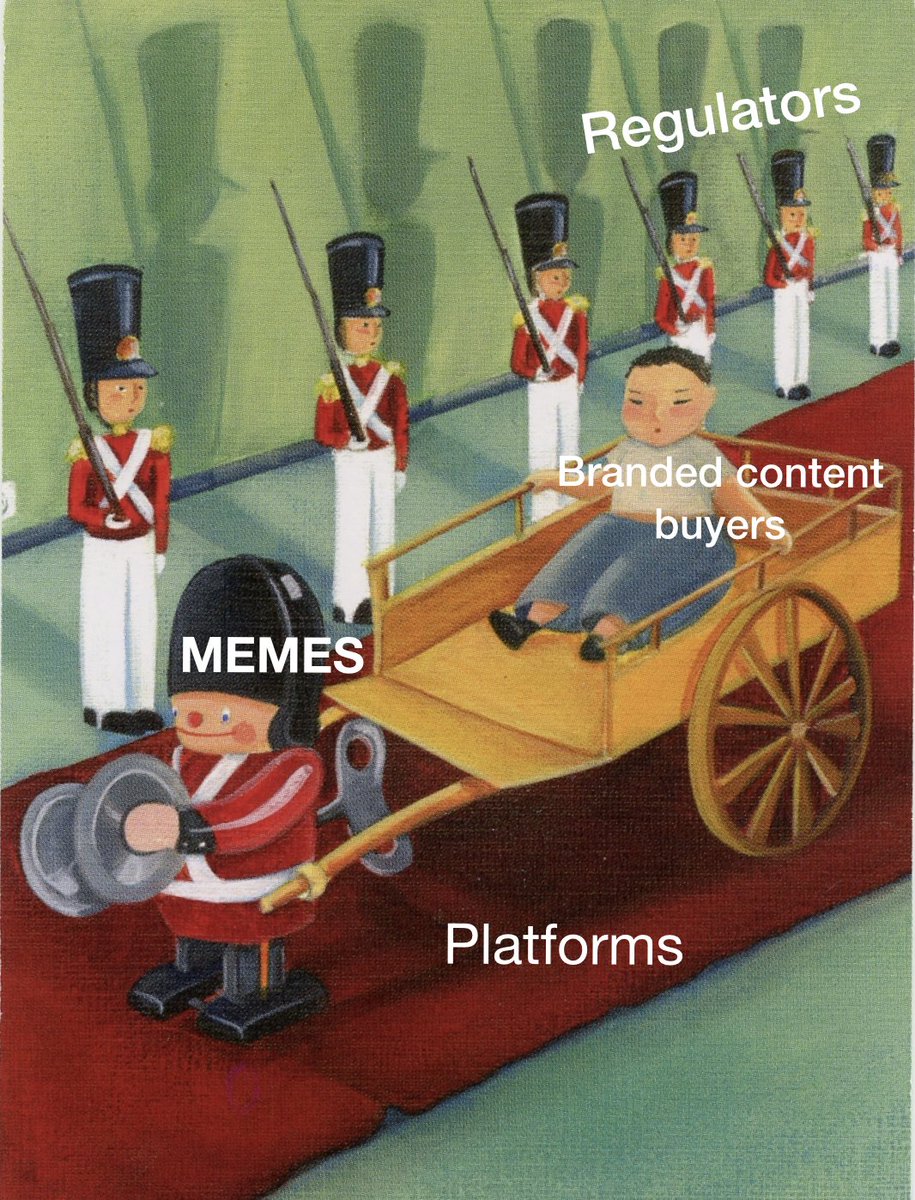
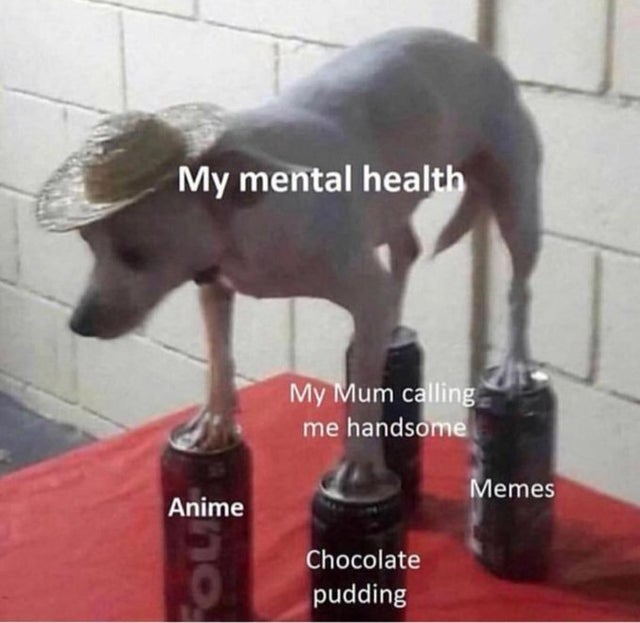
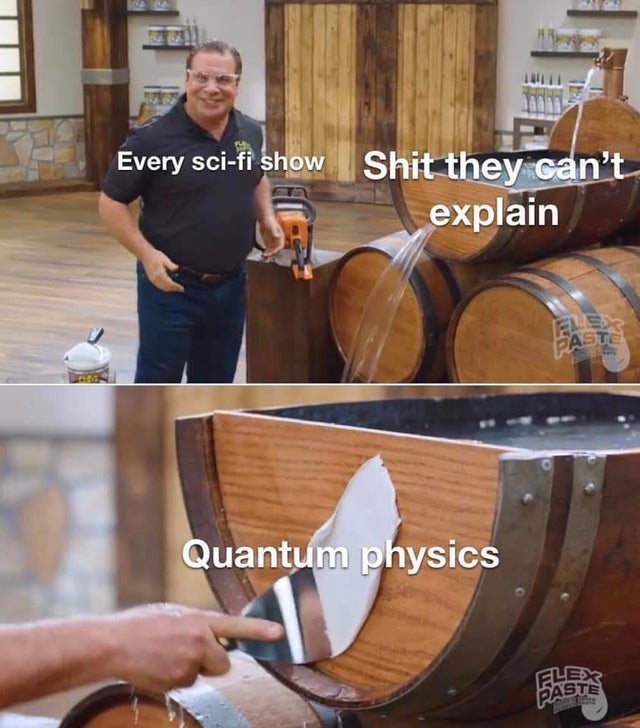

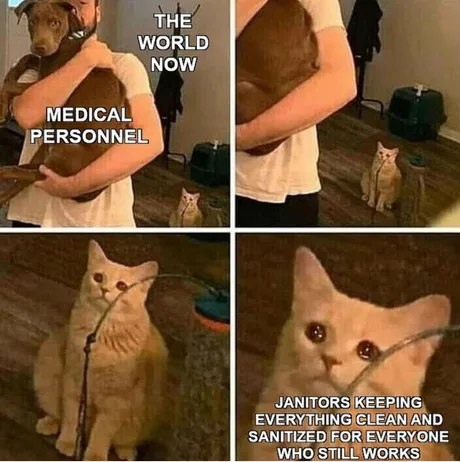

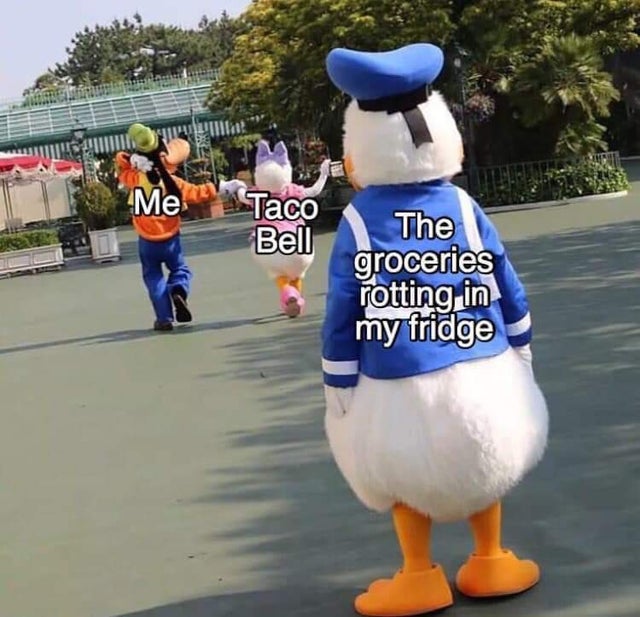


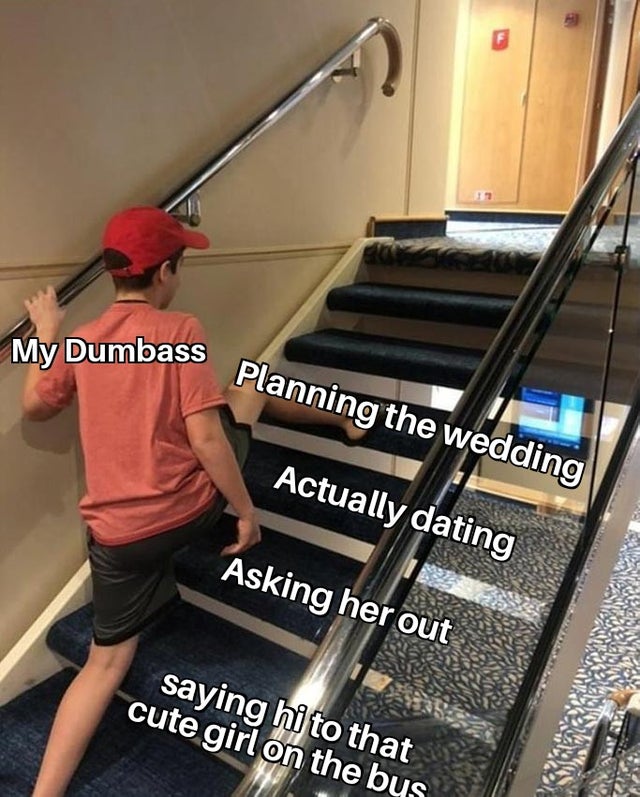
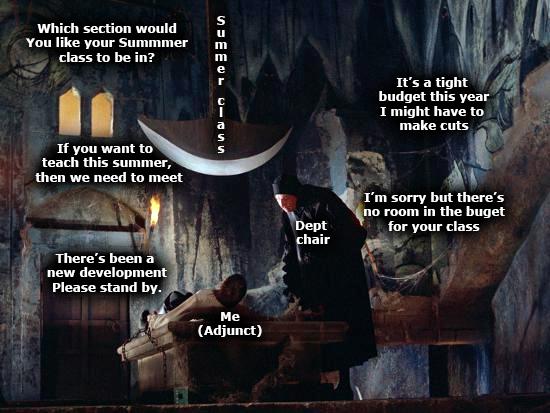







![There are lots of variants, some merging with what we saw previously around *one thing trying [inadequately] to 'mend' another* There are lots of variants, some merging with what we saw previously around *one thing trying [inadequately] to 'mend' another*](https://pbs.twimg.com/media/Ecq-fY7XsAE2Yec.jpg)
![There are lots of variants, some merging with what we saw previously around *one thing trying [inadequately] to 'mend' another* There are lots of variants, some merging with what we saw previously around *one thing trying [inadequately] to 'mend' another*](https://pbs.twimg.com/media/Ecq-fZfXoAA1oTN.jpg)
![There are lots of variants, some merging with what we saw previously around *one thing trying [inadequately] to 'mend' another* There are lots of variants, some merging with what we saw previously around *one thing trying [inadequately] to 'mend' another*](https://pbs.twimg.com/media/Ecq-w_rWsAEKwmD.jpg)
![There are lots of variants, some merging with what we saw previously around *one thing trying [inadequately] to 'mend' another* There are lots of variants, some merging with what we saw previously around *one thing trying [inadequately] to 'mend' another*](https://pbs.twimg.com/media/Ecq-xAPWoAAMtAo.jpg)











































![or even just *one element being inescapably attracted to [the properties of] anöther* or even just *one element being inescapably attracted to [the properties of] anöther*](https://pbs.twimg.com/media/EcrJr2LXsAIAMvs.jpg)
















